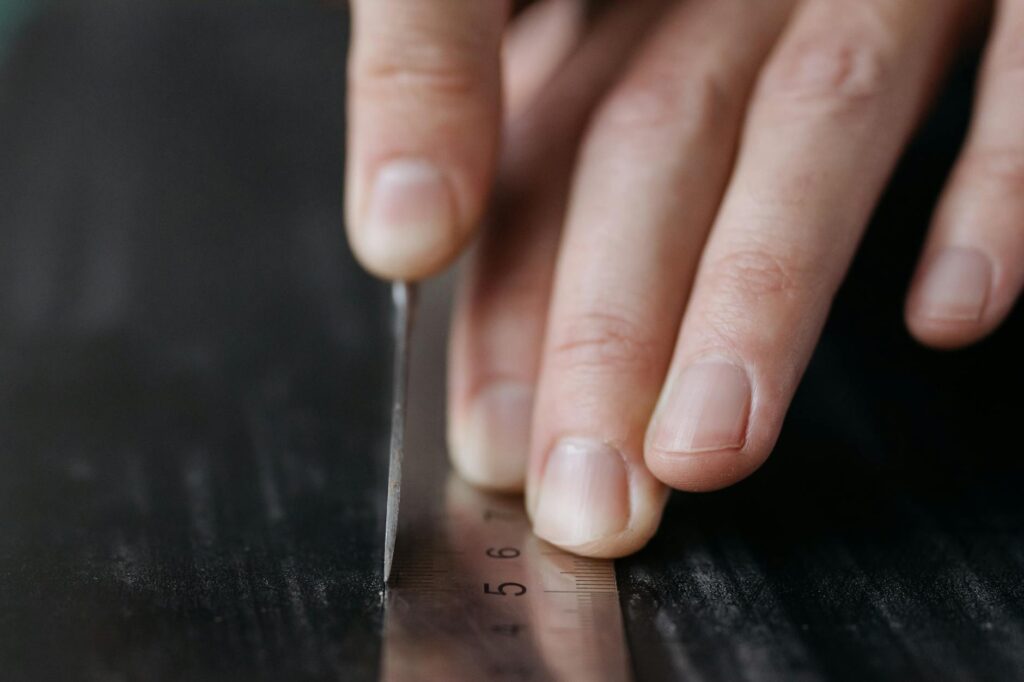What is retrospective analysis?

What is retrospective analysis?
Retrospective analysis is a powerful tool used across various fields to evaluate past events, actions, or data. Whether you’re looking to improve your personal productivity or enhance project outcomes, understanding retrospective analysis can be a game-changer. It involves reviewing previous experiences to extract valuable insights that can shape future decisions and behaviors.
Understanding Retrospective Analysis
Definition and Purpose
At its core, retrospective analysis involves examining past events to identify patterns and draw conclusions. This process serves several purposes, primarily aimed at improving future outcomes. By analyzing what went well or what went wrong, individuals and organizations can better navigate future situations.
In many instances, retrospective analysis is employed in clinical research. For example, a retrospective study reviews existing data to understand the efficacy of treatments. This method gathers data from previous patients’ records to find correlations between treatment methods and outcomes.
Applications in Various Fields
The versatility of retrospective analysis allows for its application in diverse settings:
-
Project Management: Teams often conduct retrospectives after project completion to assess what strategies worked and what didn’t. This critical reflection can lead to enhanced processes in future projects.
-
Healthcare: In medicine, retrospective analyses help researchers examine patient data to identify trends in disease progression and treatment effectiveness. Such studies can inform clinical practices and improve patient care.
-
Education: Educators may use retrospective analysis to evaluate course effectiveness, assessing student performance over time to refine curricula and teaching methods.
Benefits of Retrospective Analysis
Identifying Patterns and Trends
One of the most significant advantages of retrospective analysis is its ability to reveal patterns over time. By looking back at data or events, you can spot recurring themes that may have previously gone unnoticed. For instance, if you’re evaluating your study habits, tracking your grades alongside your study time can help identify what strategies lead to better performance.
Enhancing Decision Making
Insights gained from retrospective analysis can inform future decisions. Imagine you’re managing a project. Analyzing previous projects can help you determine the best approaches for upcoming tasks. This informed perspective can lead to more effective planning and execution, as you utilize lessons learned from past experiences.
Boosting Accountability
Retrospective analysis promotes personal accountability. By reviewing your past actions, you can hold yourself responsible for both successes and failures. This self-reflection fosters a sense of ownership, motivating you to make better choices moving forward.
Steps to Conduct a Retrospective Analysis
Setting Objectives
Before diving into analysis, it’s crucial to set clear objectives. Ask yourself, “What do I hope to achieve from this analysis?” Having well-defined goals will guide your focus and help you stay on track.
Collecting Data
Gather relevant data to support your analysis. Depending on your objectives, this could involve pulling together project reports, medical records, or even personal journals. Techniques like surveys or interviews can also be beneficial in collecting qualitative data.
Analyzing the Data
Once you have your data, the next step is analysis. Look for trends, anomalies, or critical incidents that stand out. Utilize tools like charts or graphs to visualize important information, making it easier to draw conclusions.
Implementing Findings
The final step is to apply the insights gained from your analysis. Create actionable strategies based on your findings. For example, if you discover that specific study techniques yield better results, incorporate those into your routine.

Photo by cottonbro studio
Challenges in Retrospective Analysis
Bias and Misinterpretation
Conducting a retrospective analysis is not without its challenges. One major hurdle is the risk of bias. When reflecting on past events, it’s easy to fall into the trap of selective memory, focusing only on experiences that support your current beliefs while ignoring contradictory evidence.
Gathering Accurate Data
Another challenge is gathering accurate data. Memory can be unreliable, and recalling past events accurately can be difficult. This is especially true for long-term analyses where details may fade over time. To combat this, consider using documented records whenever possible, such as logs, reports, or notes.
Conclusion
Retrospective analysis is a vital process that enhances productivity and personal development. By examining past experiences, you can uncover valuable insights that lead to better decision-making, increased accountability, and improved outcomes in various aspects of life. Embracing this method can transform how you approach challenges, making you more effective and informed in your endeavors. So, whether you’re looking to refine your study habits or enhance your professional projects, consider integrating retrospective analysis into your routine for optimal growth.